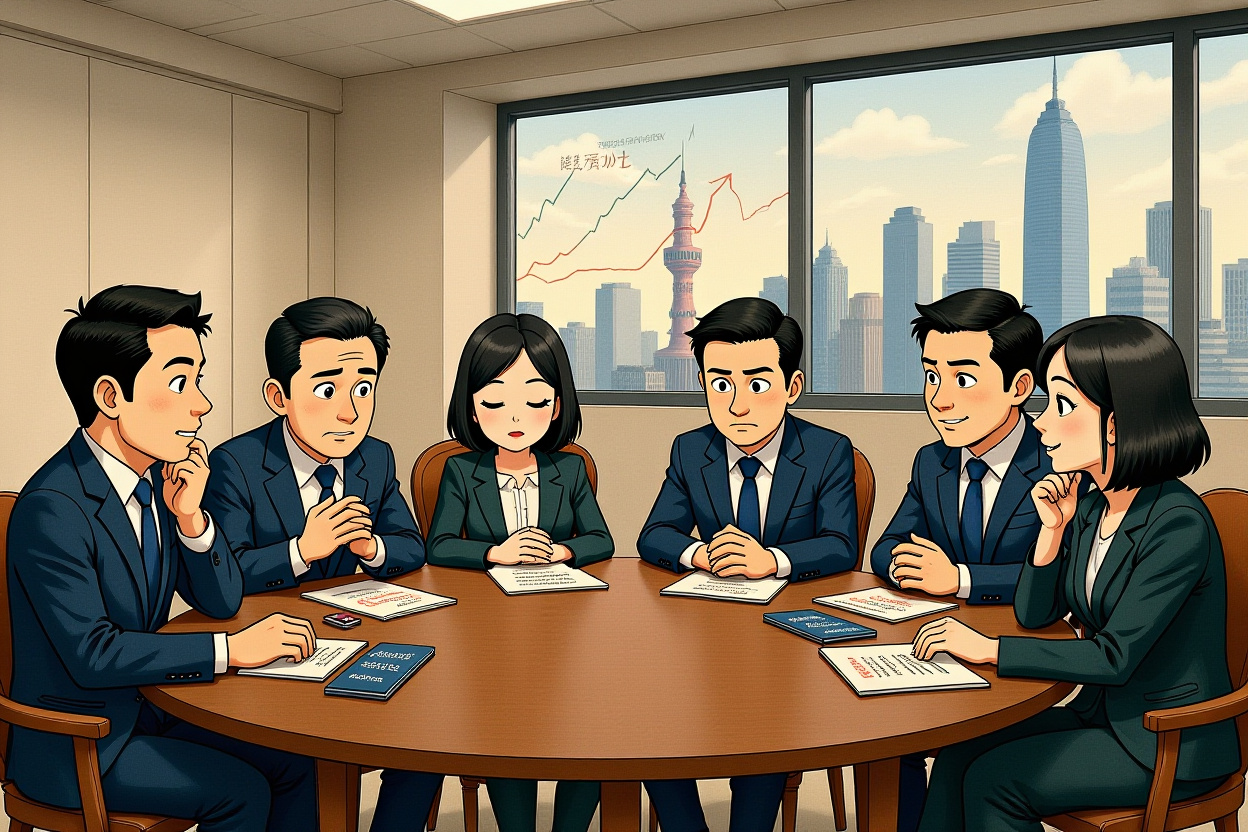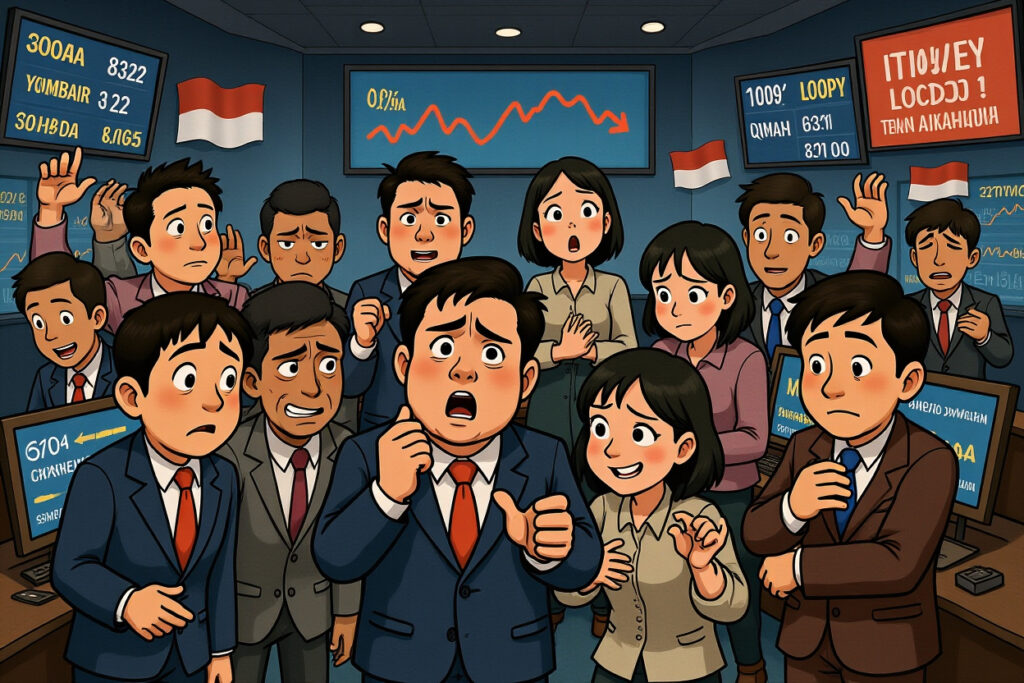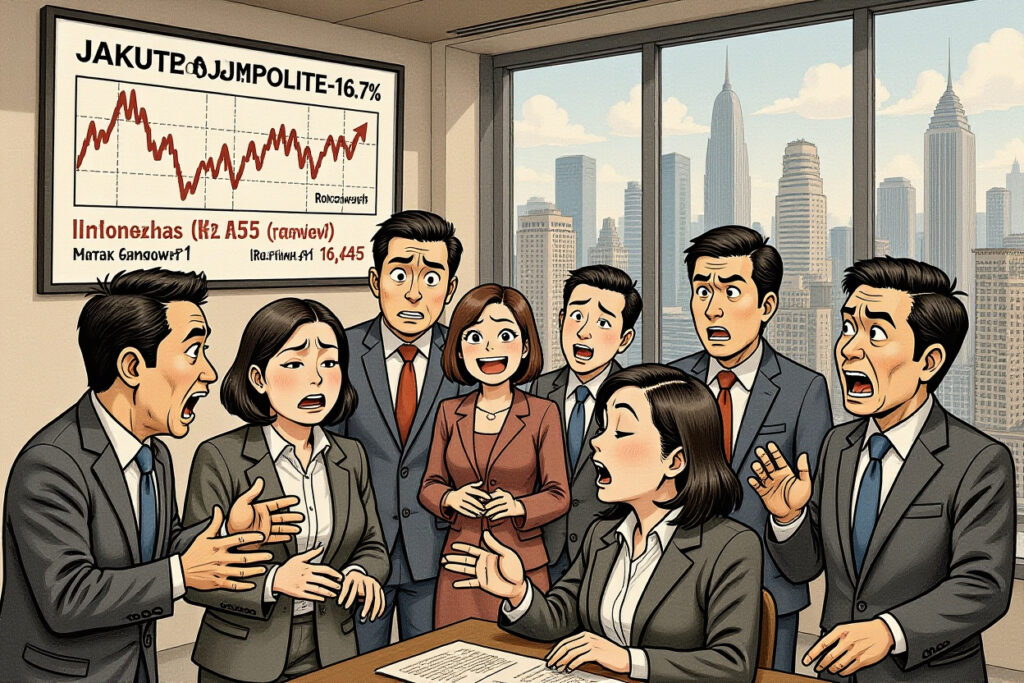A major trade and investment deal between the United States and South Korea has hit a significant roadblock, with Seoul refusing to accept terms it claims could turn the country into a ‘second Japan.’ The proposed $350 billion investment fund—a key component of a bilateral trade agreement signed in July—is now in limbo as both nations struggle to reconcile conflicting economic and regulatory priorities. South Korean officials have expressed strong reservations about the potential impact on the country’s financial stability and foreign exchange market, drawing sharp contrasts with a similar deal recently inked between the U.S. and Japan. As negotiations stall, major joint projects hang in the balance, and broader U.S.-Korea economic relations face renewed strain. Stalled Negotiations Over the $350 Billion Investment Fund The heart of the dispute lies in the specific terms governing the $350 billion investment fund. This fund was originally conceived as a centerpiece of the broader U.S.-South Korea trade pact, designed to incentivize American commitment to capping tariffs on Korean imports at 15%. In exchange, South Korea would facilitate large-scale U.S. investment across key industries such as semiconductors, electric vehicles, and renewable energy. However, talks have stalled as U.S. and Korean negotiators fail to agree on critical details. Kim Yong-beom (金容范), Director of the Presidential Policy Office, publicly outlined Korea’s concerns this week. He emphasized that while the U.S. is pushing for a deal structure resembling its $550 billion agreement with Japan, the economic contexts are vastly different. South Korea’s smaller economy and unique financial vulnerabilities mean it cannot absorb such a massive inflow of capital under the same conditions. Key Points of Contention – Direct capital injection vs. loan guarantees: The U.S. prefers direct equity investments, while Korea advocates for financial guarantees to reduce immediate monetary pressure. – Governance and oversight: Disagreement persists over which nation holds greater supervisory authority over fund allocation. – Sectoral priorities: The U.S. is keen on high-tech and green energy, whereas Korea wants balanced support for traditional industries like shipbuilding. Why South Korea Fears Becoming a ‘Second Japan’ The phrase ‘second Japan’ has emerged as a powerful rhetorical tool in Seoul’s negotiating strategy. Korean officials argue that blindly replicating the U.S.-Japan investment model would ignore fundamental differences in economic scale, industrial structure, and financial market maturity. Japan’s economy is significantly larger and more resilient to external capital shocks, making it better equipped to handle a sudden $550 billion investment surge. By contrast, South Korea’s financial system—particularly its foreign exchange market—could experience severe volatility if a fund of this magnitude is implemented without adequate safeguards. Kim Yong-beom (金容范) pointed specifically to the risk of currency appreciation and asset bubbles, which could hurt export competitiveness and financial stability. Historical precedents, such as the 1997 Asian Financial Crisis, still loom large in the memory of Korean policymakers. As a result, there is strong resistance to any arrangement that might repeat the vulnerabilities of the past. Economic and Financial Risks for South Korea From a macroeconomic perspective, the proposed $350 billion fund represents both an opportunity and a threat. On one hand, it could accelerate technological modernization and strengthen Korea’s position in global supply chains. On the other, it introduces several layers of financial risk that policymakers are reluctant to ignore. Foreign Exchange and Monetary Stability A sudden inflow of foreign capital could lead to rapid appreciation of the Korean won, making exports more expensive and less competitive internationally. This is particularly concerning for a trade-dependent economy like South Korea’s. Moreover, large-scale investments could fuel asset price inflation in real estate and equities, creating bubbles that might eventually burst with devastating consequences. The Bank of Korea has already signaled caution, noting that monetary policy tools may be insufficient to counteract the disruptive effects of such a massive fund. Corporate Debt and Financial Market Impact Many Korean companies, especially in manufacturing and heavy industries, carry high levels of debt. An influx of foreign investment could encourage further borrowing, increasing systemic risk. There are also concerns about foreign investors gaining excessive influence over domestic firms, potentially undermining national economic sovereignty. Broader Frictions in U.S.-South Korea Economic Relations The investment fund僵局 is not occurring in isolation. It reflects deeper and more persistent tensions in the bilateral economic relationship. Recent events have only heightened these frictions. Immigration Raids and Investment Climate Concerns In a move that startled Korean businesses, U.S. immigration authorities recently conducted raids on a joint battery factory run by Hyundai and LG Energy in Georgia. Hundreds of Korean workers were detained, raising serious questions about the stability and fairness of the U.S. investment environment. This incident has amplified existing anxieties among Korean firms about operational risks in the United States, including regulatory unpredictability and labor-related challenges. Unfulfilled Tariff Promises Although former President Donald Trump signed a trade agreement with Japan that included a 15% tariff ceiling, a similar commitment to South Korea remains unfulfilled. Korean negotiators are frustrated by what they see as a one-sided expectation of concessions without corresponding U.S. compromises. This has led to a hardening of Seoul’s position, especially regarding the $350 billion fund. Implications for Key Industries and Joint Projects The deadlock over the investment fund is already affecting concrete collaborative projects. Most notably, major initiatives in shipbuilding and green technology—areas where Korea holds a competitive edge—are now on hold. Kim Yong-beom (金容范) explicitly warned that without a mutually acceptable agreement, Korean-proposed projects in these sectors cannot move forward. This has ripple effects across the bilateral trade ecosystem, potentially delaying job creation, technological exchange, and infrastructure development in both countries. The Path Forward: Compromise or Confrontation? Finding a resolution will require creativity and compromise from both sides. South Korea has proposed alternatives to direct investment, such as loan guarantees and phased capital releases, to mitigate financial risks. The U.S., meanwhile, is under pressure to deliver on its tariff promises and address Korean concerns about the investment environment. Whether both nations can bridge their differences remains uncertain. What is clear is that South Korea is determined to avoid a deal that compromises its economic stability or reduces it to a ‘second Japan’ in America’s Indo-Pacific strategy. The outcome of these negotiations will not only shape future U.S.-Korea trade relations but also signal how middle powers navigate an increasingly competitive global economic landscape. For investors and policymakers watching this situation unfold, the key takeaway is that equitable terms matter more than headline numbers. South Korea’s pushback underscores the importance of designing international agreements that respect national economic conditions and priorities. As talks continue, stakeholders should monitor developments closely and advocate for frameworks that support sustainable, mutually beneficial growth. Stay informed with further analysis on U.S.-Asia trade dynamics by following our ongoing coverage.
South Korea Rejects $350 Billion Investment Deal, Fearing It Could Become ‘Second Japan’ in U.S. Trade Pact




